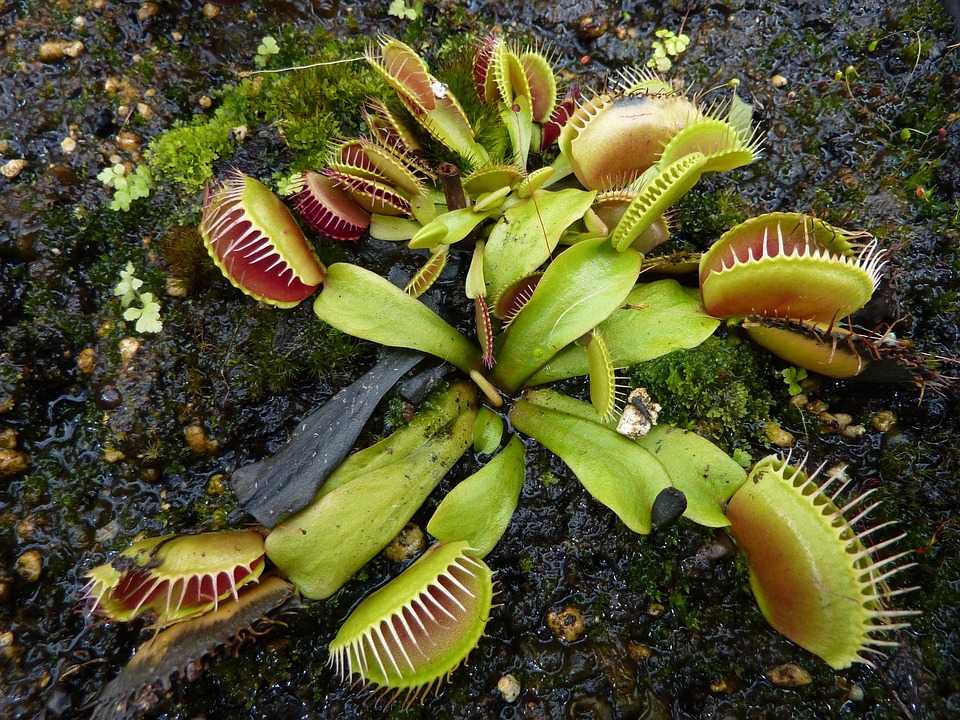
The fact that the Dionaea muscipula, or Venus flytrap, feeds on unsuspecting insects by luring them into its jaw-like leaves with sweet-smelling nectar has been known for centuries. However, scientists thought the prey only provided the plant with essential nutrients like nitrogen and phosphorous, that are severely lacking in their native habitats – the subtropical wetlands of North and South Carolina. They had assumed that like other vegetation, the carnivorous plants obtained their energy through photosynthesis – using light energy to convert carbon dioxide and water into sugar and oxygen. It turns out they were wrong.